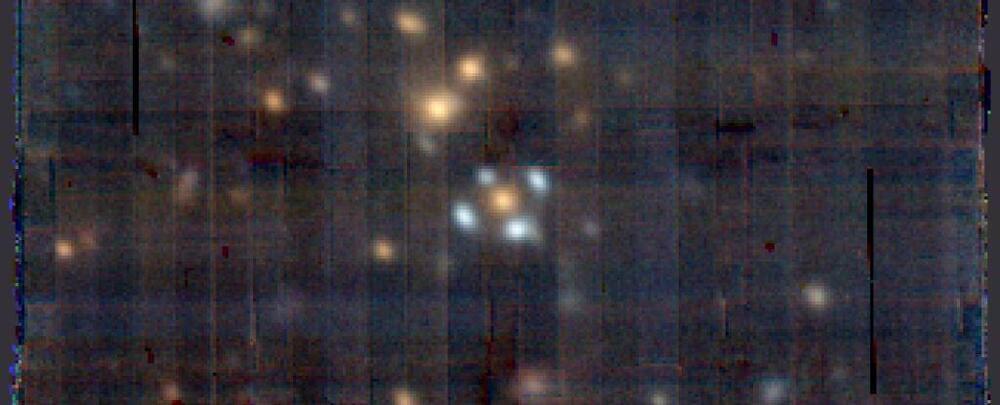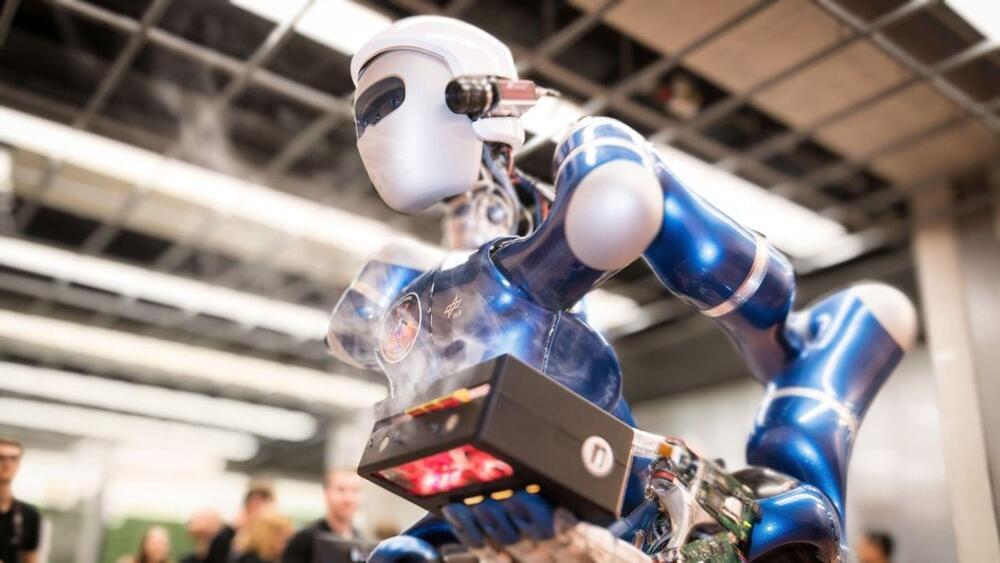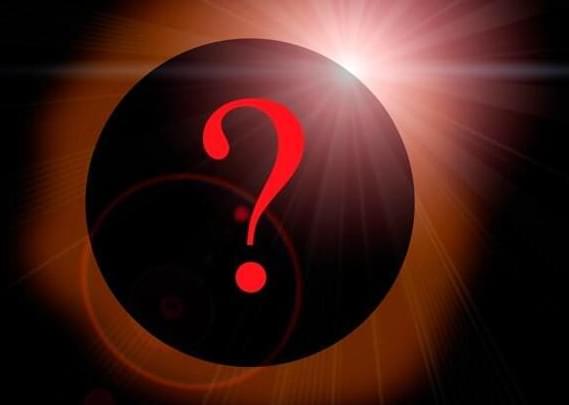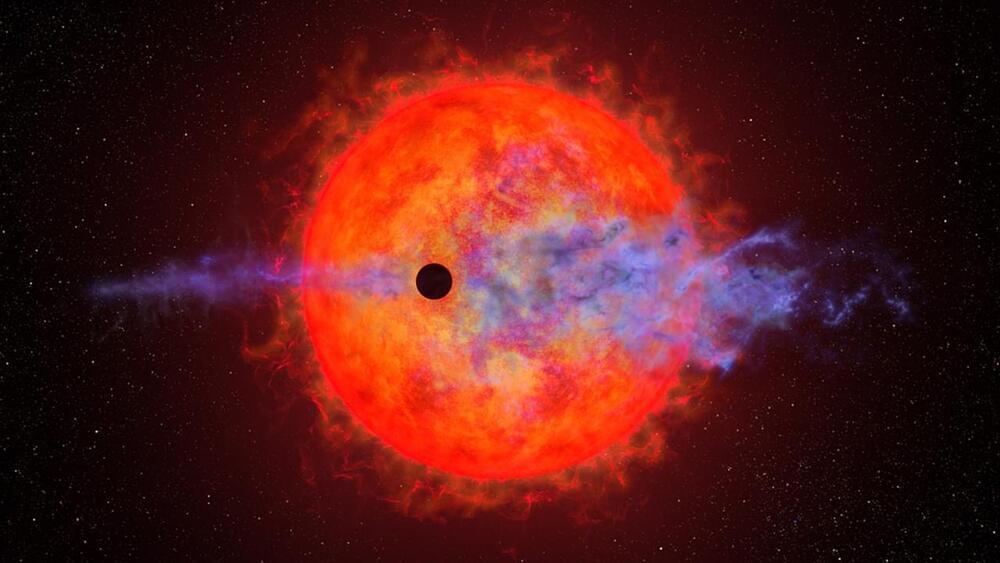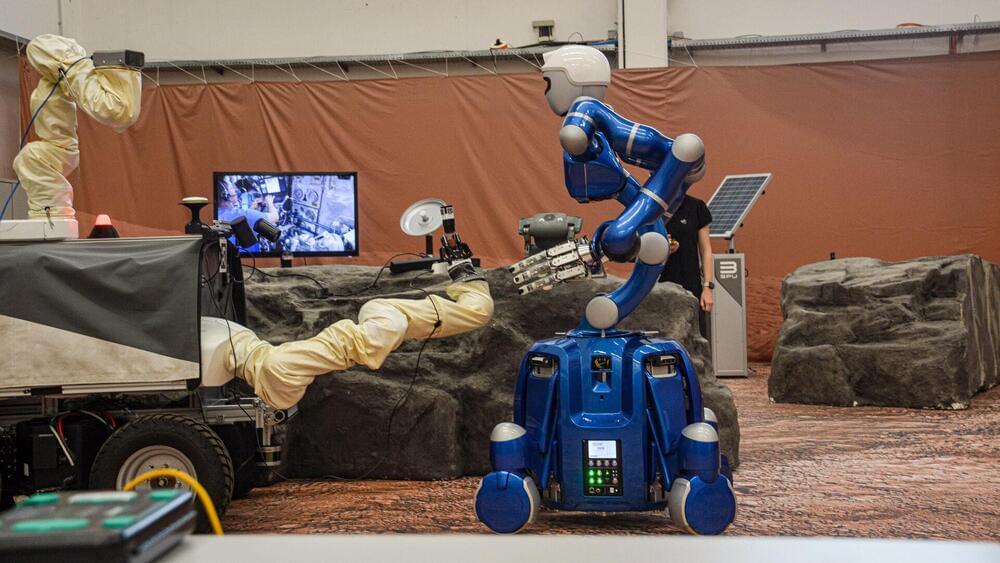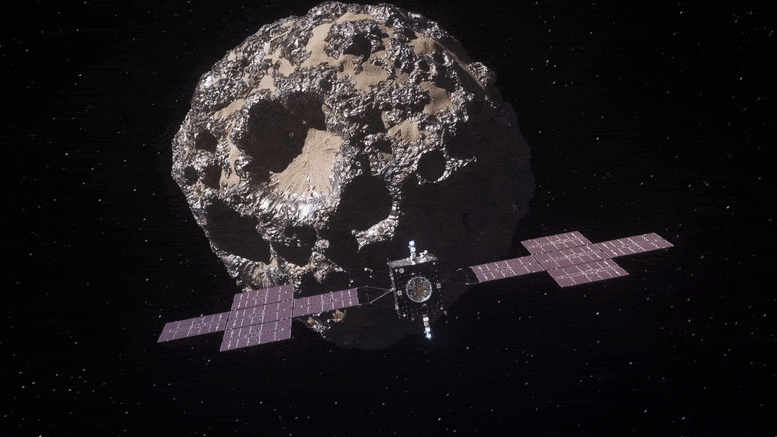Jul 29, 2023
Neil deGrasse Tyson Breaks Silence On Webb Telescope’s Shocking New Image!
Posted by Dan Breeden in category: space
The stars have always held significance for humans, but it is only recently that we have begun to comprehend vast groups of them, or galaxies, in the far reaches of the universe. The Webb telescope was anticipated by everybody as a game-changer in the field of astronomy. And we knew exactly what we believed Webb would completely astound us with. However, its most recent findings have blown away the proportions of our expectations. The Webb Telescope, according to American astrophysicist Neil deGrasse Tyson, has allowed us to glimpse ghosts from the past.
Subscribe Here ➡
#Voyager #Space



